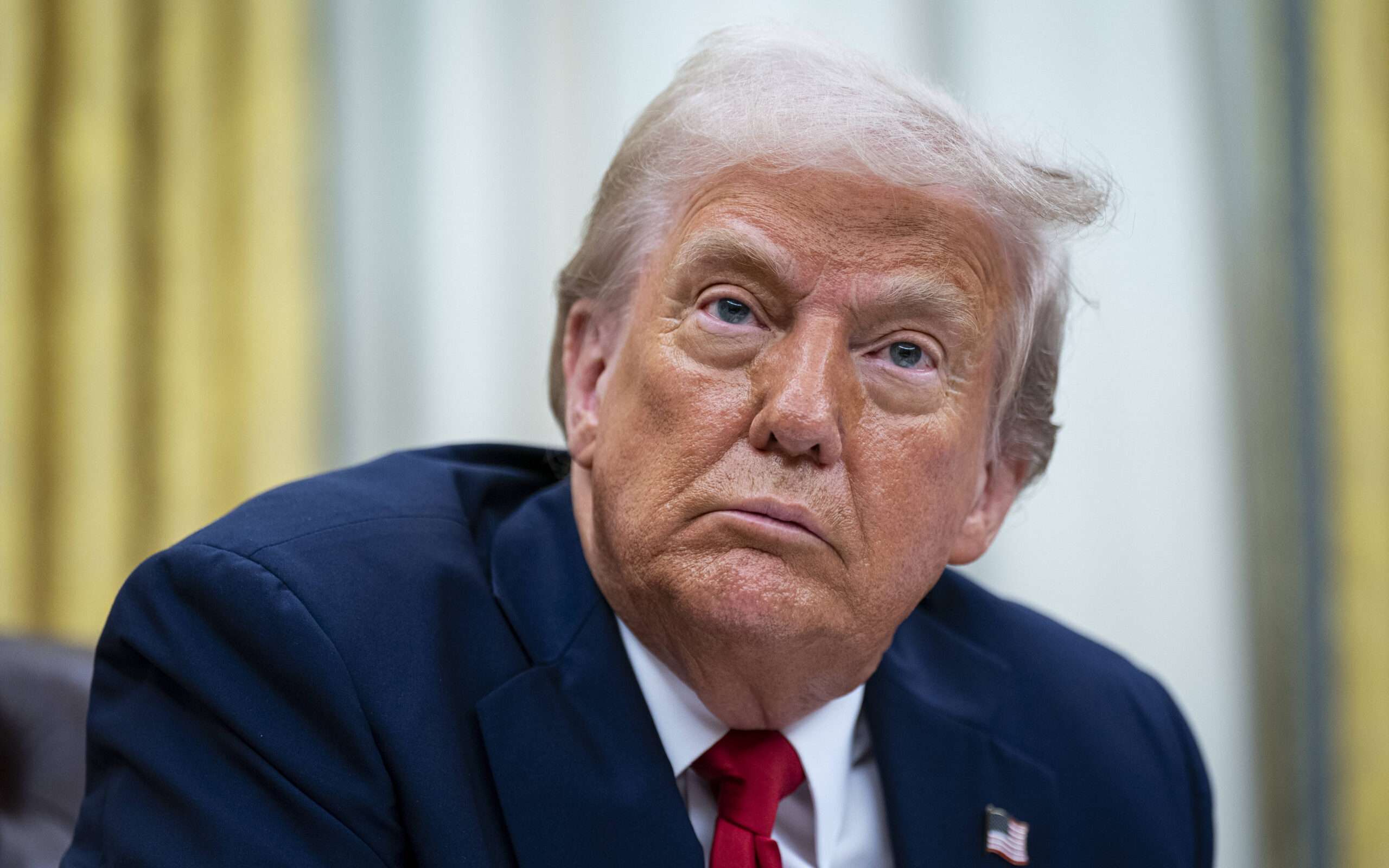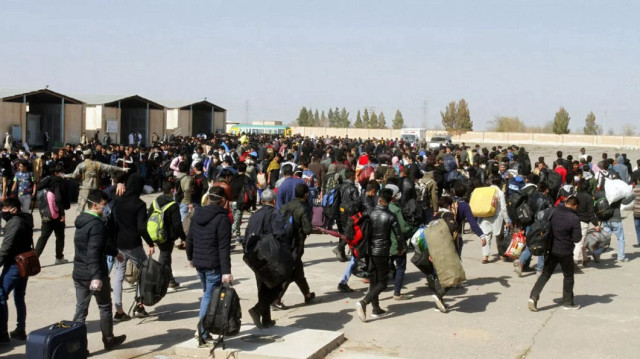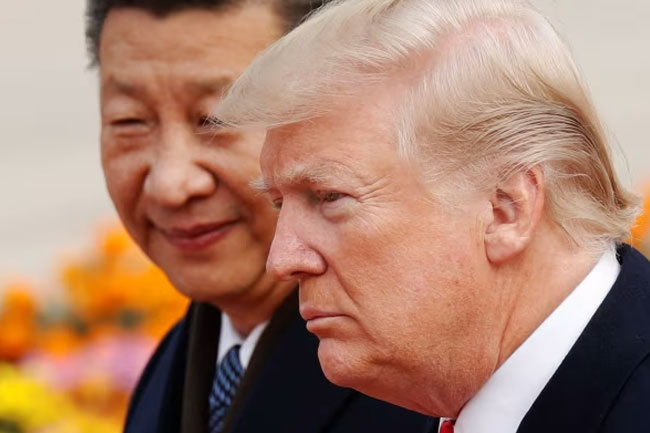US and Europe Tensions Over Ukraine Mediation
Explore the complexities and differing perspectives of US, European, and Ukrainian diplomatic negotiations amidst the ongoing conflict with Russia.
Published April 19, 2025 - 00:04am

Image recovered from vanityfair.com
The intricate geopolitical landscape surrounding the Russia-Ukraine conflict has been further complicated by recent developments involving the United States and Europe. The focus on peace talks has highlighted diverging priorities and strategies, particularly in light of recent statements by US Secretary of State Marco Rubio. Having recently attended diplomatic meetings in Paris, Rubio issued a stark warning: Washington may abandon its mediation efforts if tangible signs of progress are not evident in the immediate future.
During high-level discussions in Paris involving American, European, and Ukrainian representatives, the urgency of finding a peace resolution was palpable. French President Emmanuel Macron heralded these talks as a diplomatic success, underscoring the shared commitment to peace that was echoed by European leaders. Macron's enthusiasm, however, was tempered by Rubio's subsequent comments, highlighting the shifting US focus under President Donald Trump's administration.
In contrast to European optimism, Rubio's remarks suggested that patience for protracted negotiations was wearing thin. Emphasizing that peace efforts should not be dragged out over 'weeks and months,' Rubio indicated a possible pivot in US strategy should immediate results not materialize. This perspective reflects a growing emphasis on prioritizing American interests, hinting that the conflict, perceived predominantly as a European issue, may not retain precedence in US foreign policy.
Adding complexity to the diplomatic landscape, the US and Ukraine were reportedly close to finalizing a significant minerals agreement, offering the US prioritized access to Ukraine's rich mineral reserves. This arrangement is seen as a potential compensation for US support since the conflict's onset, albeit amid ongoing negotiations and some dissent between involved parties.
The geopolitical tension extends beyond the immediate conflict, involving key global players like China. Ukrainian President Volodymyr Zelensky's accusations of China's covert involvement in supporting Russia add another layer to the evolving strategic alliances. While Beijing has denied these claims, the involvement of Chinese personnel in Russian defense enterprises remains a contentious point, influencing international diplomatic maneuvers.
On the European front, there is a conscious effort to uphold a united stance in support of Ukraine. As the US exhibits signs of a strategic withdrawal, European nations, including the UK, France, and Germany, are compelled to reassess their roles and contributions in supporting Ukrainian defense efforts. This potential shift in dynamics might redefine transatlantic alliances, with Europe possibly assuming a more prominent role in future peacekeeping initiatives.
Nonetheless, the specter of conflict remains a constant. Russia's continued military aggression, underscored by targeted attacks on cities like Kharkiv and Sumy, exemplifies the ongoing humanitarian toll and the challenge of reaching a diplomatic resolution. As international leaders weigh their next steps, the delicate nature of these discussions underscores the urgency of diplomatic interventions.
Overall, the tension between commitments to avid peace talks and the reality of geopolitical realignments underscores the complexity of achieving a lasting peace in Ukraine. As diplomatic channels remain open, the pressure mounts on global leaders to navigate these turbulent waters effectively, balancing national interests with a broader, multinational outlook.






